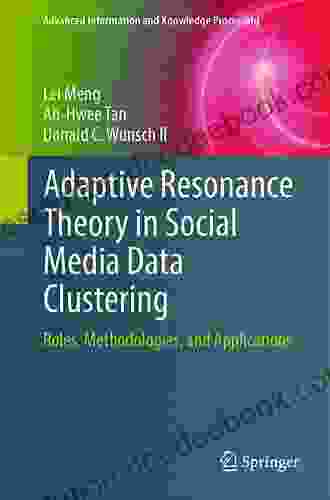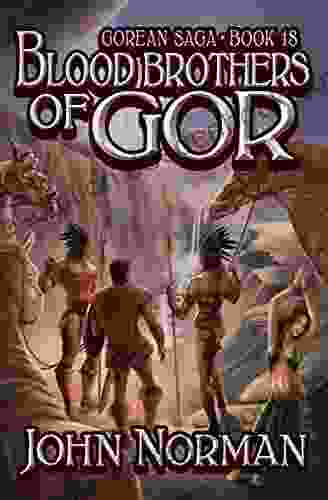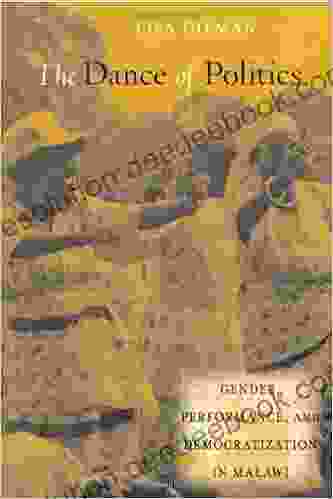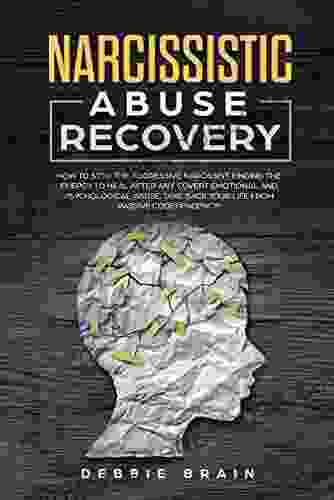Social media data is a valuable source of information for businesses and researchers. However, the sheer volume and complexity of social media data can make it difficult to analyze and extract meaningful insights. One way to address this challenge is to use data clustering algorithms to group similar data points together. Adaptive resonance theory (ART) is a neural network-based data clustering algorithm that has been shown to be effective for clustering social media data.
5 out of 5
| Language | : | English |
| File size | : | 23626 KB |
| Text-to-Speech | : | Enabled |
| Screen Reader | : | Supported |
| Enhanced typesetting | : | Enabled |
| Word Wise | : | Enabled |
| Print length | : | 295 pages |
| Mass Market Paperback | : | 432 pages |
| Lexile measure | : | 1210L |
| Item Weight | : | 1.19 pounds |
| Dimensions | : | 6.14 x 0.63 x 9.21 inches |
| Hardcover | : | 258 pages |
Adaptive Resonance Theory (ART)
ART is a self-organizing neural network that was developed by Stephen Grossberg in the 1980s. ART is based on the idea that the brain uses a bottom-up and top-down process to learn and recognize patterns. The bottom-up process involves sending sensory information to the brain, where it is processed and stored in the form of clusters. The top-down process involves using these clusters to recognize new patterns.
ART consists of two main components: a bottom-up attentional subnet and a top-down orienting subnet. The attentional subnet is responsible for selecting the most relevant input patterns and sending them to the orienting subnet. The orienting subnet is responsible for matching the input patterns to the existing clusters and creating new clusters if necessary.
ART for Social Media Data Clustering
ART has been shown to be effective for clustering social media data in a variety of applications, including:
- Customer segmentation
- Topic detection
- Community detection
- Event detection
One of the advantages of ART over other data clustering algorithms is its ability to handle noisy and incomplete data. This is important for social media data, which is often noisy and incomplete due to the fact that it is generated by users in a variety of contexts.
Another advantage of ART is its ability to learn and adapt over time. This means that ART can be used to track changes in social media data over time, such as changes in user behavior or changes in the popularity of certain topics.
ART is a powerful data clustering algorithm that can be used to extract meaningful insights from social media data. ART is able to handle noisy and incomplete data, and it is able to learn and adapt over time. This makes ART a valuable tool for businesses and researchers who want to understand social media data.
References
- Grossberg, S. (1987). Competitive learning: From interactive activation to adaptive resonance. Cognitive science, 11(1),39-62.
- Carpenter, G. A., & Grossberg, S. (1991). ART 2: Self-organization of stable category recognition codes for analog input patterns. Applied Optics, 26(23),4919-4930.
- Palotti, J., & Chen, H. (2011). Adaptive resonance theory for clustering social data. In Proceedings of the 2011 IEEE International Conference on Intelligence and Security Informatics (ISI) (pp. 43-49). IEEE.





























































































